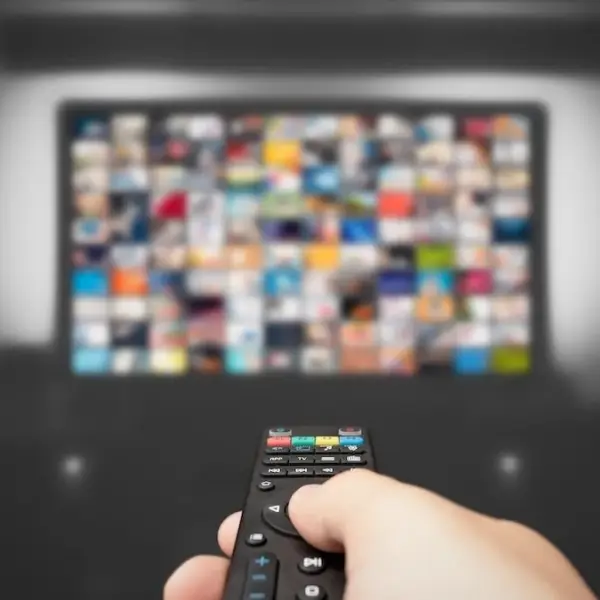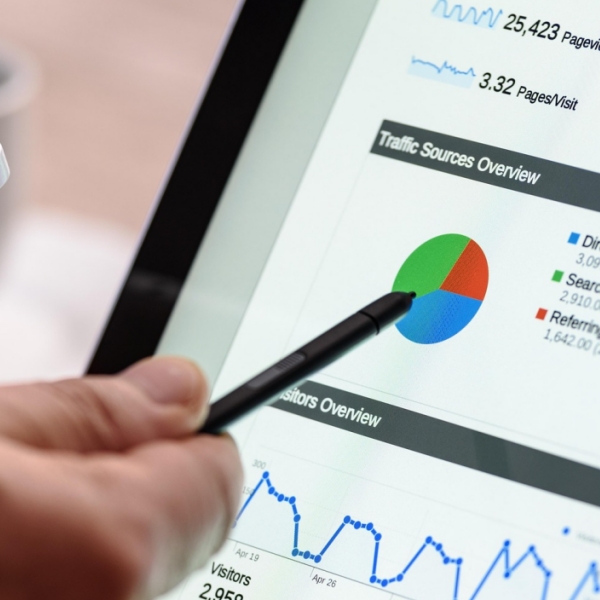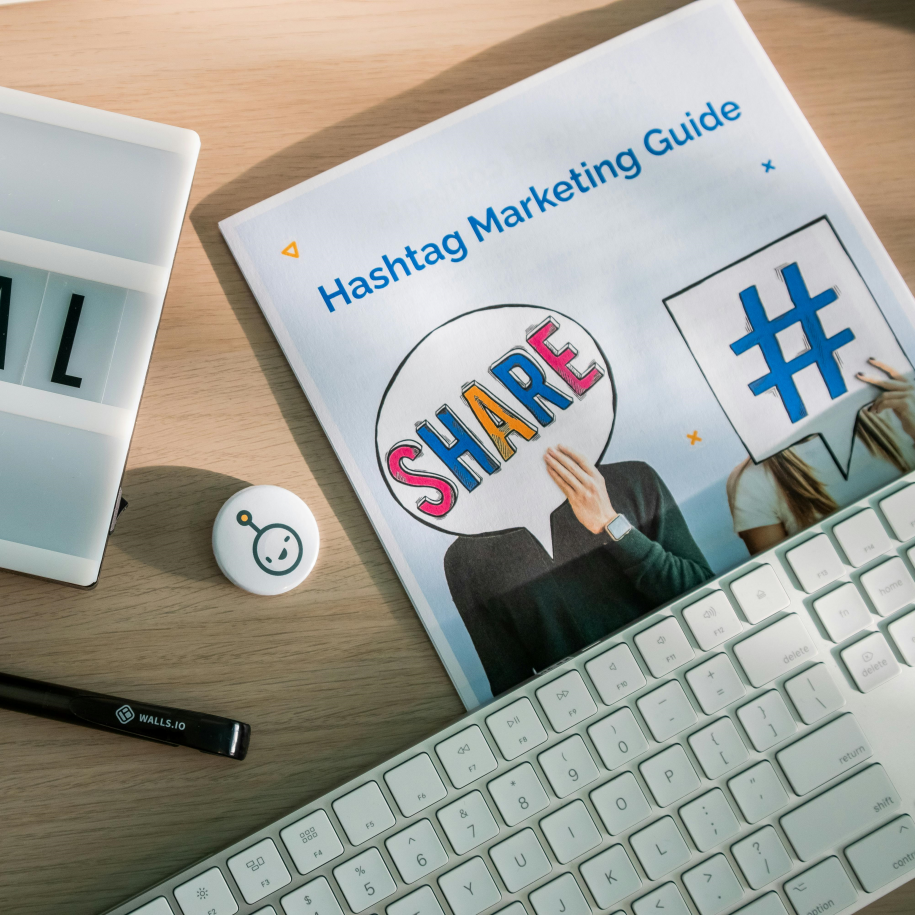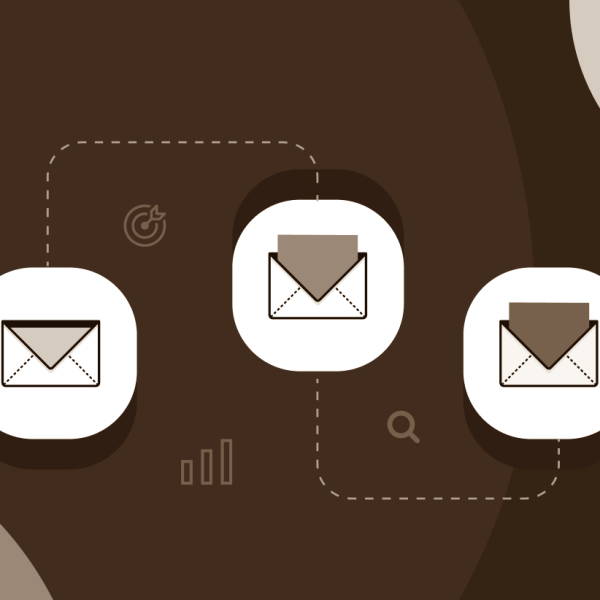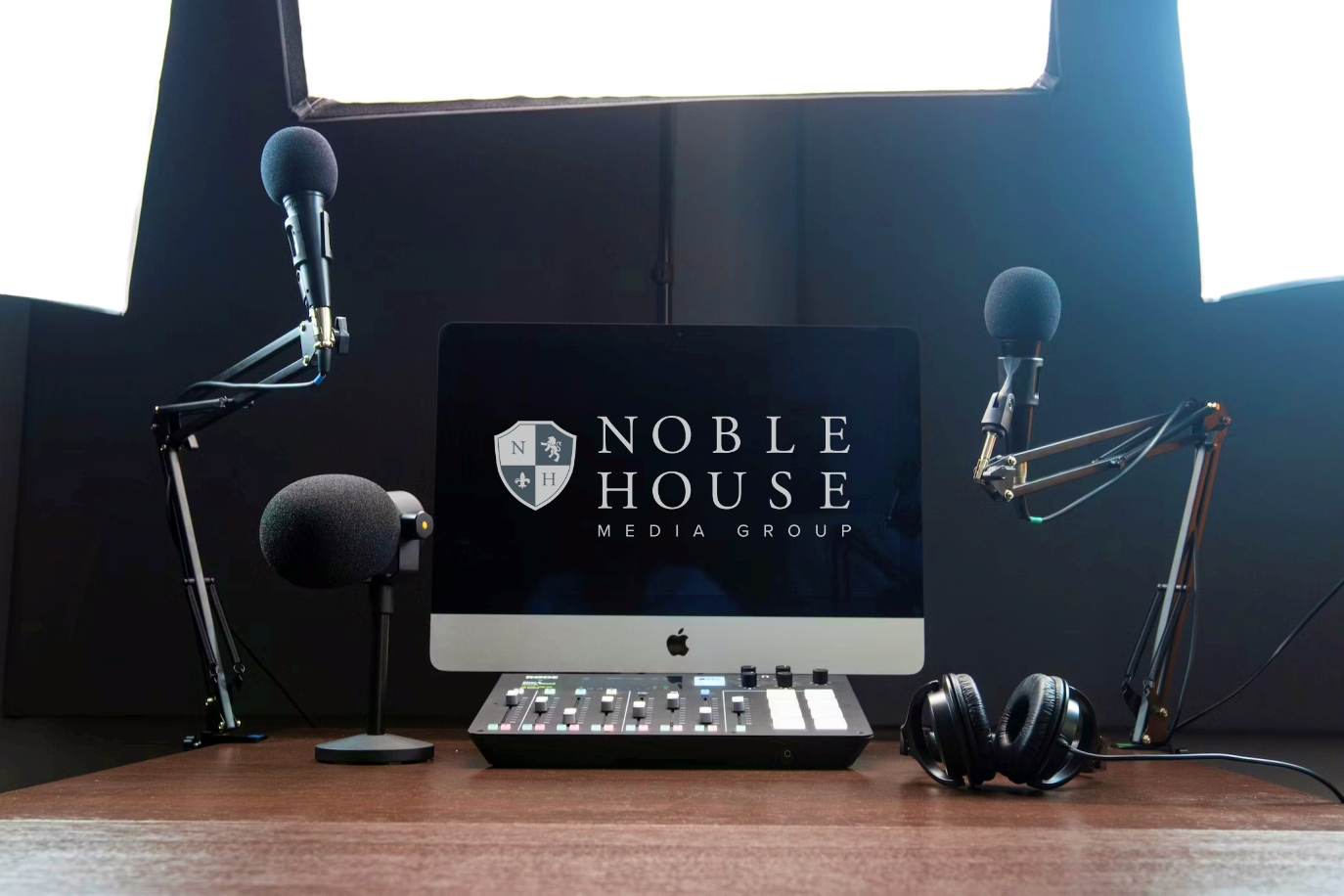
Audio marketing, also known as digital audio advertising, has transformed drastically over the past century and grown to epic proportions. Spending on audio advertising is projected to reach $38.75B in 2023 alone. What started as simple radio jingles have now become a Jetsons-like digital world where interactive audio ads play seamlessly through voice-activated smart speakers.
New ways of reaching audiences through audio marketing are evolving each day. In this article, we’ll explore why audio advertising is an important part of digital marketing, and how you can develop an effective audio marketing campaign.
What is Audio Marketing?
Audio marketing is more than just background music. It’s a diverse marketing tool that encompasses a wide range of platforms, from radio stations to digital audio ads. Unlike other content marketing strategies, audio marketing allows companies to promote their brand to their target audiences anytime, anywhere.
In the past, radio advertising was the main form of audio marketing. Radio jingles were a staple in the advertising business. Companies would invest thousands to play their message across the radio waves, hoping to reach their audience.
Today, technology has created new ways for companies to use audio marketing. From the rise of podcasting to voice-enabled advertising and audio ads on smart speakers like Alexa, audio marketing is quickly becoming a popular option for advertisers to connect with their audience.
Types of Audio Advertising
There are many types of audio content. They come in many shapes and sizes, all with their own special appeal and goals. Let’s take a look at some of them and why they’re effective audio marketing tools.
Audio Ads
Streaming platforms like Spotify have become one of the biggest players in digital audio advertising. Unlike traditional radio stations, digital audio platforms often provide more targeted ad placements, making it possible to reach specific demographics in real-time.
Audio ads typically play between songs or videos depending on the platform being used and usually consist of a 10-30-second audio clip with a voice-over, along with background music or a jingle.
Podcasts Ads
Podcasts have experienced a meteoric rise in popularity over the past decade. The number of U.S. consumers who listen to audio podcasts has risen from 11% to an astounding 62% since 2006. The most popular podcast platforms with the most listeners include YouTube, Spotify, and Apple Podcasts.
Podcasts are a dynamic platform that offers a unique opportunity for audio marketing. Podcast ads can range from brief mentions of a brand or product read by the host to full-fledged sponsored episodes. Podcasts also have the added benefit of having a highly targeted audience, giving advertisers the ability to tailor their message to their specific demographic.
Voice-enabled Ads
Voice-enabled ads, or interactive audio ads, are a relatively new and rapidly growing area of audio marketing. These ads are delivered through interactive voice assistants or smart speakers like Alexa while streaming audio and allow listeners to engage with the ad by using their voice in real time.
For example, after hearing a voice-enabled ad, listeners can ask Alexa to send them more information about a product or service or even add the product to their Amazon cart. This can be hugely beneficial for advertisers, increasing potential conversions without even clicking a button.
Sympaphonic Ads
The emerging trend of sympaphonic ads is taking audio advertising by storm. Sympaphonic ads take audio ads to another level by using intuitive technology that mimics the music genre that the user is currently listening to, creating a seamless transition.
For instance, if someone is listening to jazz music on a streaming platform, instead of playing a pre-recorded jingle, a sympaphonic ad would play jazz music in the background behind the voiceover ad. Dunkin Donuts reported a 238% increase in consumer engagement after adopting the use of sympahonic audio ads.
The Benefits of Digital Audio Advertising
Audio marketing strategies have been shown to be highly effective and versatile. Companies are able to share their message in new and exciting ways that benefit both them and the listener’s experience. The following is a list of ways that audio marketing benefits advertisers:
- Enhanced Engagement: Unlike visual media, audio ads can be highly personalized and uniquely tailored to a distinct demographic of listeners. The greater level of personalization, combined with new technologies like voice-enabled ads, creates more opportunities for users to engage with the ads.
- Broader Reach: Audio marketing taps into massive platforms with vast numbers of potential customers. YouTube alone boasts 2.7B monthly active users. Spotify has more than 406M monthly active users, with 236M of them being ad-supported users.
- Increased Brand Recall: Since the days of the radio jingle, audio advertising continues to be one of the strongest marketing tools to increase brand awareness and recognition. A recent report showed that audio ads generated 41% brand recall compared to 38% for visual ads.
- Real-Time Interaction: Voice-enabled ads and smart speaker integrations provide real-time interaction and instant responses. This feature not only enhances the customer experience but also offers brands valuable insights into consumer behavior, helping them measure the effectiveness of their digital audio campaigns.
- Emotional Connection: A study conducted by research firm Neuro-Insight, in partnership with WPP Agency Mindshare and Spotify’s Sonic Science team, found that the emotional response created by audio ads was 12% higher than all other forms of media.
- Cost-Effective Marketing: Recent data shows that audio ads can be a more cost-effective marketing strategy when compared to others. For example, the data showed that the average cost per thousand impressions (CPM) for social media ad spending was $25-$35 compared to as low as 10-$30 for audio ads.
How to Develop an Audio Marketing Strategy
To fully reap the rewards of a successful audio marketing campaign, a digital marketing agency needs to develop a well-researched, well-structured advertising strategy. Here are the key steps you’ll need to complete to effectively utilize audio marketing.
Understand Your Target Audience
Knowing your target audience’s demographics, listening habits, interests, location, and favorite types of content can build or break any marketing campaign, especially a digital audio ad. Otherwise, the ad could be wasted on the wrong listeners, leading to lower conversions.
Some options to better understand your target audience would be to examine your existing consumers, research trends in your industry, and create buyer personas. Buyer personas are fictionalized versions of potential customers that encompass real-world demographics and behavioral data.
Choose the Right Platforms
Different platforms cater to different audiences and offer different types of engagement. Radio advertising, for instance, consists of a wide range of ages, with adults aged 18-49 making up the majority of listeners.
Meanwhile, digital streaming platforms provide a great opportunity for brands to reach younger audiences. Gen Z and Millennials ages 18-35 account for 62% of Spotify users. Spotify also reported that teenagers were the fastest-growing audience listening to podcasts.
Identify Where to Advertise
Once you know who your audience is and which platform to use, you have to determine which brands and channels to advertise on. Selecting a channel that already has a niche audience will save you a lot of time (and money) when advertising audio content.
Podcasts are among the most niche and highly targeted audiences in audio marketing. They also are more likely to take action on ads. 51% of podcast listeners said they pay more attention to ads during the podcast than other media sources.
Voice Search Optimization
Voice search optimization is quickly becoming an essential tool in the rapidly growing space of audio marketing. According to Statista, the number of digital voice assistants in use is projected to reach 8.4 billion by 2024.
As voice search technology continues to get better, the need to optimize audio content for voice search increases. Brands that optimize their content for voice search are essentially aligning themselves with the future of search engine queries.
Optimizing for voice search involves various steps that include researching keywords for voice search such as long-tail keywords, question keywords, and conversational keywords, as well as improving your website’s on-page and technical SEO.
Measure and Analyze
Regularly measuring and analyzing the performance of your audio marketing campaigns is the foundation for improvement. Knowing what works and what doesn’t can provide essential data that can be used to further your marketing efforts.
Analytics can provide key insights that show how your audience is interacting with your audio ads. Measuring overall reach, listener behaviors such as clicks, responses to CTA’s, conversions, and how long the audience listens to your ad are good metrics for performance.
The Power of Sound Marketing
Audio marketing is clearly a powerful tool in the digital marketing arsenal. It accounts for billions of advertising dollars every year and has hundreds of millions of listeners with the ability to accurately target niche audiences on growing platforms like podcasts and voice-enabled ads.
To be successful in audio marketing, and digital marketing in general, you need a team of knowledgeable specialists dedicated to developing the best strategy for your brand. If you would like help developing your brand’s digital marketing campaign, please contact Noble House Media today.



